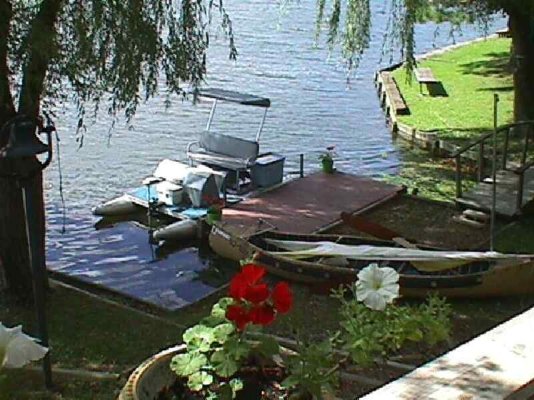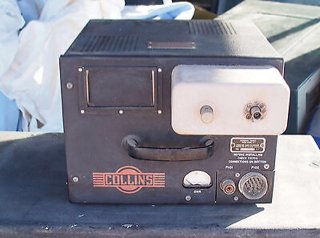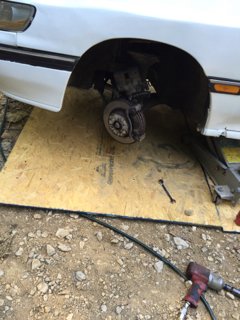SpinDr
Recycles dryer sheets
My Kenmore heavy duty dryer started making a few noises awhile back, went away for a time, then came back with a vengeance. Some squealing and other unnatural noises. Well, using my favorite repair friend, YouTube, I took the dryer apart and found a whole lot of coins and detritus adjacent to the motor and air fan mechanism.
Shocked at how much stuff had gotten past the lint filter! At least $5.00 in assorted change, a $5 and two $1 dollar bills, paper clips, and, I think the final straw, a ballpoint pen. Was keeping my fingers crossed that all the junk was the cause, buttoned it back up, and to my relief, now working perfectly. Still amazed at all the stuff that made it's way deep into the machine.
Shocked at how much stuff had gotten past the lint filter! At least $5.00 in assorted change, a $5 and two $1 dollar bills, paper clips, and, I think the final straw, a ballpoint pen. Was keeping my fingers crossed that all the junk was the cause, buttoned it back up, and to my relief, now working perfectly. Still amazed at all the stuff that made it's way deep into the machine.






